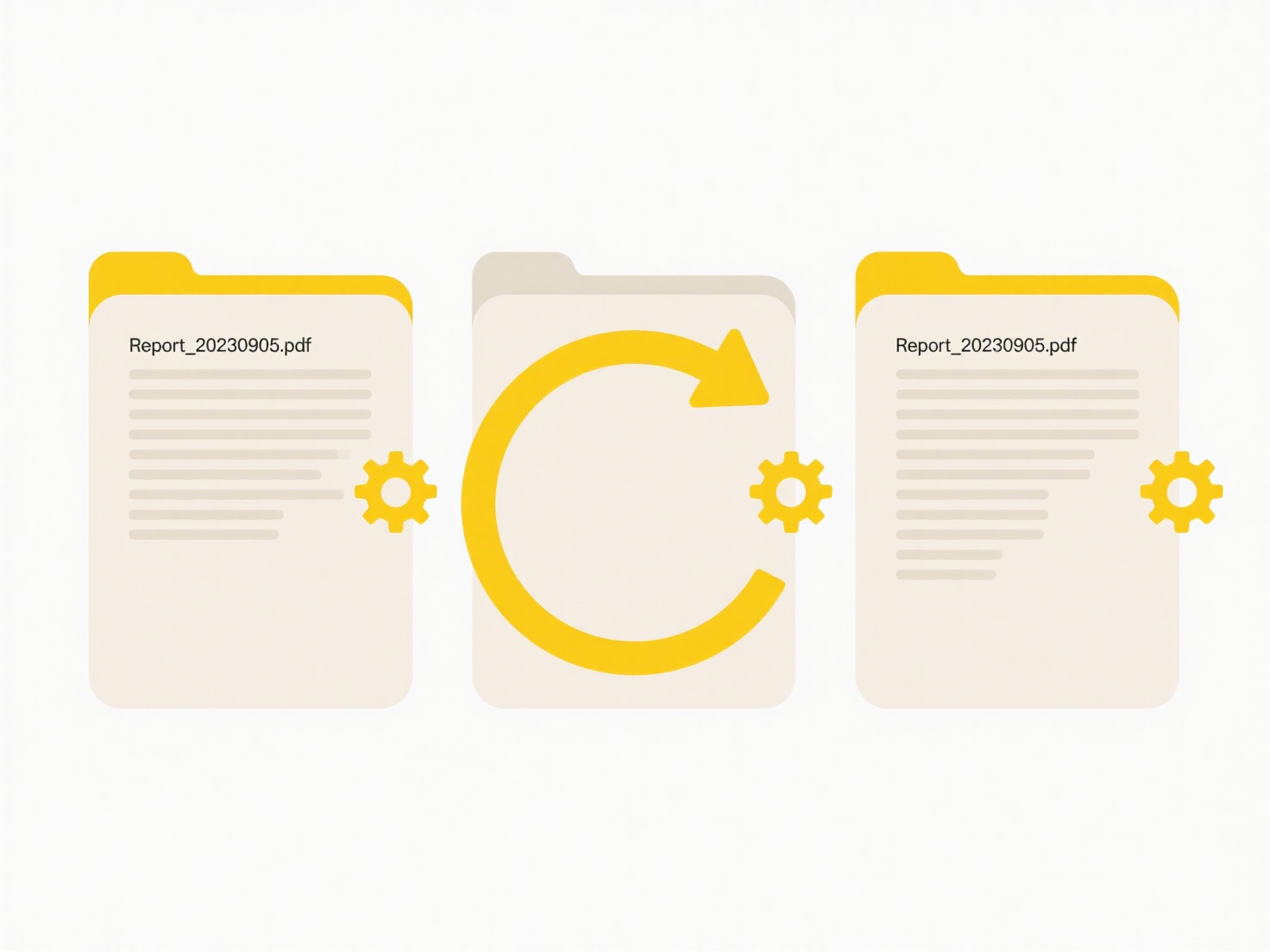
The easiest way to convert hundreds of DOC files to PDF is through batch conversion using dedicated software or built-in scripting. This process automates the task of opening each Word document and saving it as a PDF format, rather than performing each conversion manually. Batch methods process all selected files in sequence without requiring constant user interaction, leveraging the inherent PDF generation capabilities found in most word processors or external tools.
Common tools enabling this include Adobe Acrobat Pro's action wizard, specialized free utilities like Foxit PDF Editor or LibreOffice (using its command-line interface), or Microsoft Word itself via simple VBA macros or PowerShell scripts. For example, an administrator could use a PowerShell script to loop through all DOC files in a folder and trigger Word's SaveAs PDF method, or use Acrobat to create a predefined action applied to hundreds of files at once.

The primary advantage is massive time savings and consistency compared to manual saving. However, results depend on document complexity; embedded fonts or intricate layouts may render imperfectly. While effective, large-scale conversion of sensitive documents should always involve appropriate security measures to prevent unauthorized access during processing. This automation is essential for organizations managing large document archives, legal firms, or educational institutions digitizing records.
What’s the easiest way to convert hundreds of .doc files to .pdf?
The easiest way to convert hundreds of DOC files to PDF is through batch conversion using dedicated software or built-in scripting. This process automates the task of opening each Word document and saving it as a PDF format, rather than performing each conversion manually. Batch methods process all selected files in sequence without requiring constant user interaction, leveraging the inherent PDF generation capabilities found in most word processors or external tools.
Common tools enabling this include Adobe Acrobat Pro's action wizard, specialized free utilities like Foxit PDF Editor or LibreOffice (using its command-line interface), or Microsoft Word itself via simple VBA macros or PowerShell scripts. For example, an administrator could use a PowerShell script to loop through all DOC files in a folder and trigger Word's SaveAs PDF method, or use Acrobat to create a predefined action applied to hundreds of files at once.

The primary advantage is massive time savings and consistency compared to manual saving. However, results depend on document complexity; embedded fonts or intricate layouts may render imperfectly. While effective, large-scale conversion of sensitive documents should always involve appropriate security measures to prevent unauthorized access during processing. This automation is essential for organizations managing large document archives, legal firms, or educational institutions digitizing records.
Quick Article Links
Can I deduplicate file names with slight spelling errors?
Deduplication of file names with slight spelling errors involves identifying and eliminating duplicate files even when t...
What are advanced sharing options in Google Drive?
Advanced sharing options in Google Drive provide detailed control over how files and folders are shared, going beyond si...
How secure are my cloud files from ransomware?
Cloud security against ransomware primarily relies on the provider's infrastructure and your configuration choices. Unli...